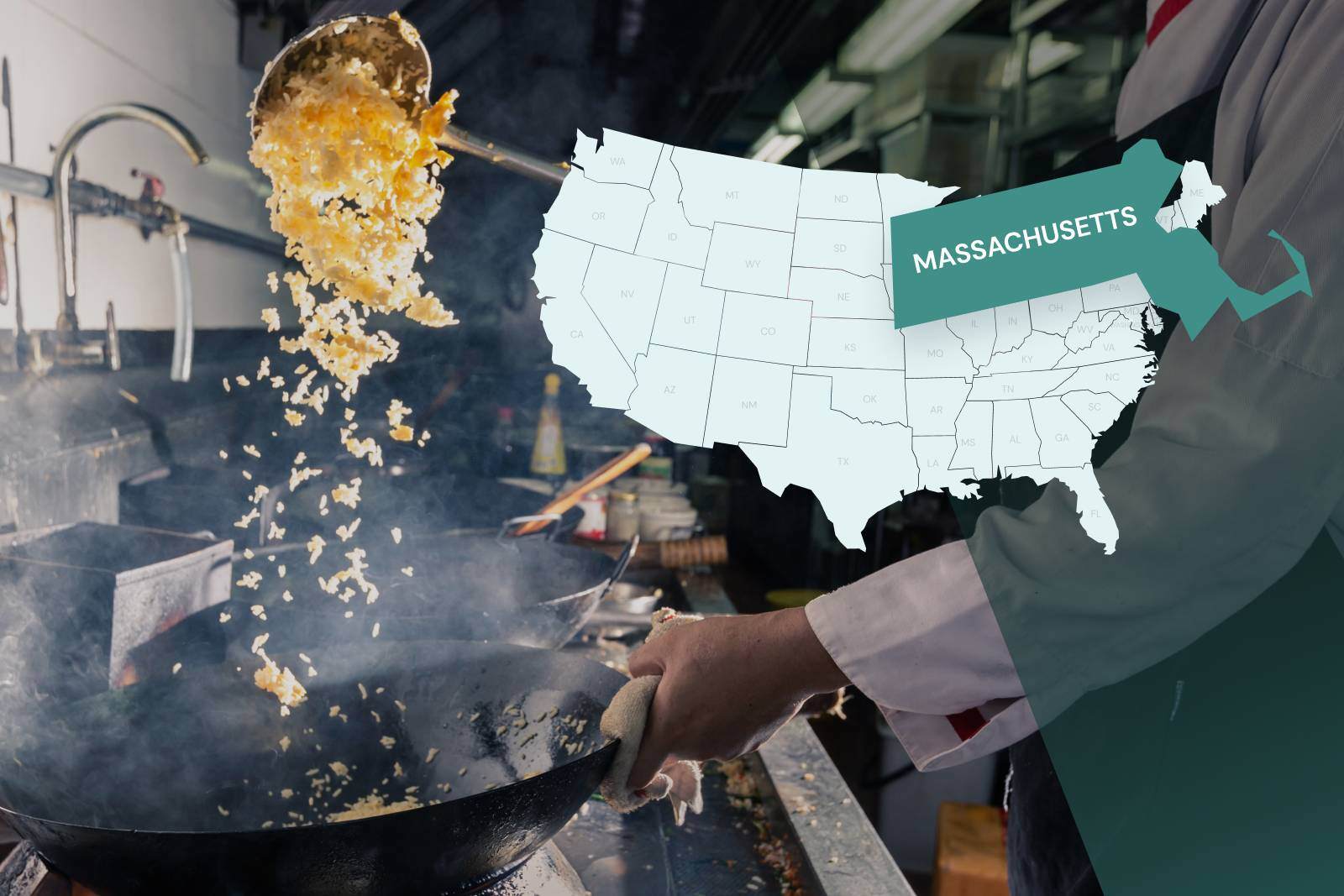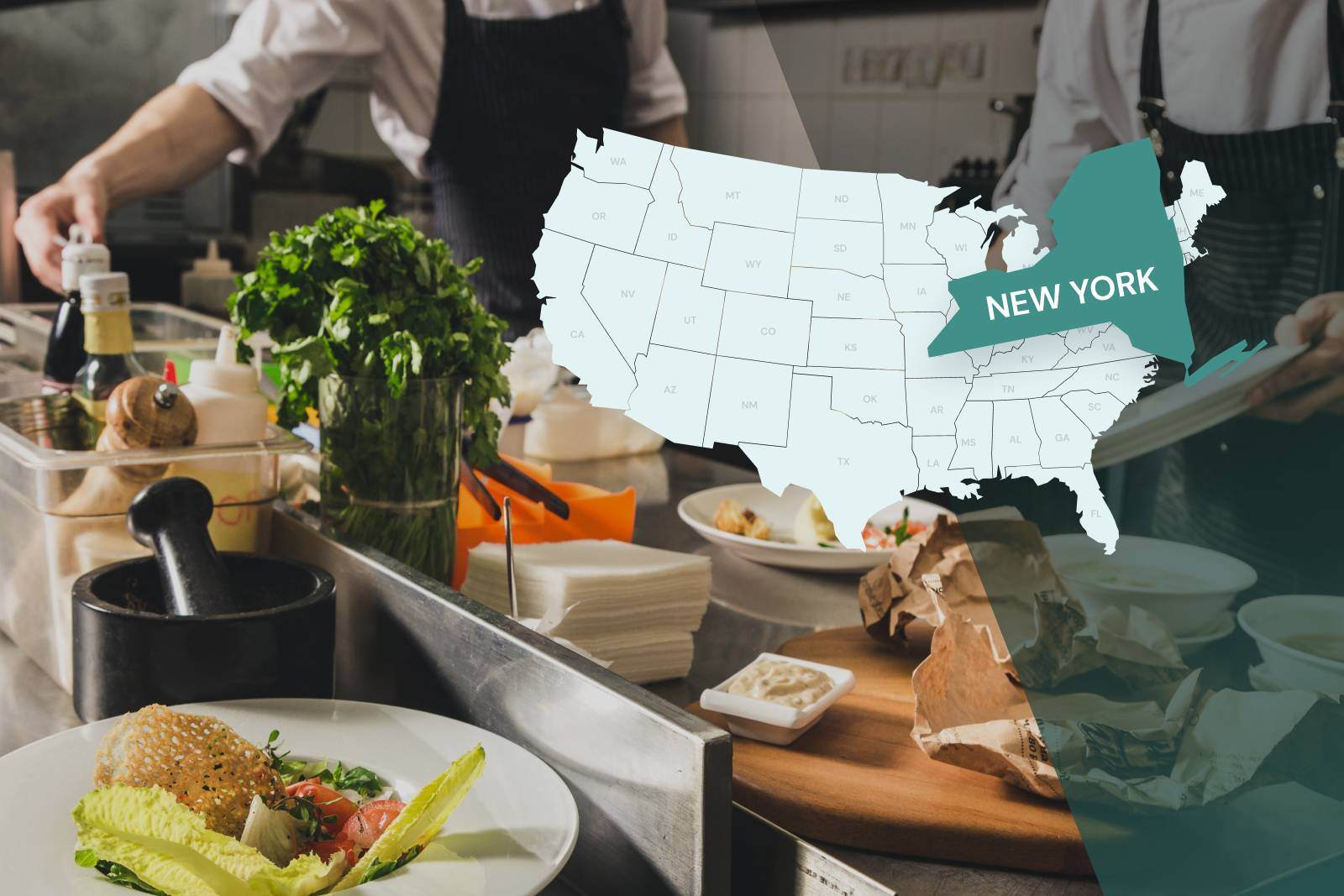Handwashing has always been a critical aspect of safe food handling practices in a restaurant or foodservice environment, but the behavior became a topic of constant, worldwide discussion in March 2020.
The rapid spread of the pandemic revealed an alarming number of adults in the U.S. (and the world) did not have handwashing integrated into their regular, daily behaviors.1
In 2020, campaigns from the World Health Organization (WHO) and the Centers for Disease Control (CDC), along with other national and local organizations, were rapidly launched to promote this healthy behavior and to encourage people at large to adjust their mindsets.2,3 These campaigns helped restaurants and other businesses spawn creative signage highlighting statistics or song lyrics to serve as reminders to their employees and customers–with some encouraging success.4
ConsumerStyles released some heartening results comparing surveys from 2019 and 2020, showing both men and women reported remembering to wash hands more frequently before eating at home and at a restaurant and after coughing, sneezing, or blowing their nose than they did in 2019.5,6
However, a survey in March 2021 found the habit starting to slide again.7 While hand hygiene was of paramount importance during the pandemic, we need to make sure we’re still adhering to good principles and practices to keep everyone safe.
So what is hand hygiene–and why is it so important? And most importantly, how can you maintain good hand hygiene in food safety? This post will answer all of these questions (and then some!) in depth. Here's what we'll cover:
Why is hand hygiene important in the food industry?
How do you maintain hand hygiene for food safety?
How a food handler training course can help the habit stick
Why is hand hygiene important in the food industry?
As foodservice professionals, we understand the importance of presentation, taste, and quality in our dishes. But have you ever stopped to think about the most fundamental aspect of food preparation?
Hand hygiene is critical in ensuring food is safe to consume, with WHO identifying more than 200 diseases that can be transmitted through food.8
We have spent a lot of time focusing on COVID-19 over the last few years, but the reality is that there are all kinds of illnesses that can be transmitted through food (and by our hands).
Pathogenic microorganisms are the primary cause of foodborne illnesses, and they can easily be transferred from one surface to another via contaminated hands. Hand hygiene is essential to preventing the spread of these microbes by removing any harmful bacteria that may be present.
In addition to ensuring food safety, hand hygiene also plays a crucial role in maintaining product quality. Contaminated hands can introduce unwanted flavors and odors into food products, impacting their taste and overall quality.
For foodservice professionals, this can result in lost sales and a damaged reputation. By prioritizing hand hygiene, we can maintain the food quality we’re preparing and deliver the taste and presentation that customers expect.
Proper hand hygiene is a key requirement in meeting state and federal safety regulations, too, with inspections commonly focusing on handwashing facilities and practices. Failing to meet these standards can result in costly fines, loss of business, and damage to the establishment's reputation.
Last but certainly not least, it’s safe to say that customers want to feel confident in the quality and safety of the food they consume. By prioritizing hand hygiene, foodservice professionals can improve customer confidence in their products and establish a reputation for safe and high-quality food. This, in turn, can lead to repeat business, positive reviews, and a loyal customer base.
How do you maintain hand hygiene for food safety?
One of the best ways to keep everyone safe in a restaurant (or any other establishment that serves food) is to maintain good hand hygiene. Sometimes, that might seem easier said than done–but here are some tips.
Communicate with everybody involved
All too often, we overthink everything that goes into hand hygiene when really, it all boils down to two things: communication and consistency.
Jim Fields, a health and safety expert with InnoServ, says restaurant operators and other business owners can easily mitigate this kind of backslide among their staff:
“Employee training does not need to be complicated. Have managers build brief check-ins into the schedule when workers are coming on shift and make hand washing frequency and duration a point of conversation. At your next staff meeting, break down the fine details of safe food handling practices when it comes to handwashing and glove use. Any time you’re communicating with your employees, there is an opportunity to mention it.”9
Make sure everyone knows the when, why, and how
First, the when.
According to the CDC, food handlers should wash their hands frequently, especially at the following times:
-
Before starting any food preparation tasks.
-
Before handling any food, especially after handling raw meats, poultry, and fish.
-
After handling any food waste or garbage.
-
After eating, drinking, chewing gum, or using tobacco.
-
After using the restroom, blowing your nose, sneezing, or coughing.
-
After handling money or touching anything that could contaminate your hands.10
And how should it be done? Here are the steps to follow:
-
Wet your hands with warm water and apply soap to your hands.
-
Rub your hands together for at least 20 seconds, including the backs of your hands, between your fingers (don’t forget your thumb!), and under your nails.
-
Rinse your hands with warm running water thoroughly.
-
Dry your hands with a single-use paper towel or a clean hand dryer.
-
Use the towel or your elbow to turn off the faucet to avoid recontaminating your hands.
Provide hand sanitizer
Let’s first address the elephant in the room: hand washing with soap and water is the best way to clean your hands. There’s no way around it. However, sometimes access to soap and water isn’t available, or we need to clean our hands quickly.
That’s where hand sanitizer comes in.
Hand sanitizer is particularly useful for those in the foodservice industry because of the constant interaction with the public. Germs can spread quickly in high-traffic areas, but a quick pump of hand sanitizer can help keep us–and our customers–safe.
Hand sanitizer that contains at least 60% alcohol can effectively kill germs in a pinch. It IS NOT a replacement for hand washing, but it can be a useful addition to your kitchen’s hygiene routine. Ensure you always have some on hand (pun intended) for when it’s most needed.
Remember–hand sanitizer cannot and should not replace hand washing in all situations, particularly when handling food. That said, hand sanitizer is still a useful option for servers, hosts, bus staff, etc.
Make sure handwashing facilities are easily accessible
Handwashing facilities must be connected to a supply of warm, clean water and be of adequate size, with a supply of soap and single-use towels or air dryers. They should be regularly cleaned and used only for the purpose of handwashing.
You can always refer to the FDA’s 2022 Food Code for more specific guidelines.11
Automate when possible
To reduce the risk of cross-contamination, incorporate automated sinks, towel dispensers, and soap dispensers into your foodservice establishment wherever possible.
This technology makes it easier to maintain good hygiene practices without the risk of touching surfaces.
Gloves have their place but don’t replace handwashing
While gloves can help prevent the spread of harmful bacteria, they should never replace proper handwashing practices. Make sure to wash your hands thoroughly before putting on gloves and change them frequently.
It’s also important to note that gloves are not a substitute for hand hygiene and should be handled appropriately to avoid contamination.
Remember other elements of personal hygiene matter, too
In addition to hand hygiene, it’s important to maintain a clean and sanitary working environment.
This includes keeping short and clean fingernails, avoiding jewelry that can harbor bacteria, wearing appropriate attire, and keeping hair covered at all times.
How a food handler training course can help the habit stick
If you’re having trouble getting your staff on the same page, you may want to invest some time in training. In a food handler certificate training, food service workers learn key times to wash their hands, including:
|
BEFORE Starting a shift Handling food Beginning any food-related task |
AFTER Handling raw meat, poultry, and seafood Using the bathroom Touching your hair, face, body, or clothes |
These safe food handler practices can be used in reminders to food establishment customers as well! Restaurant operators and managers can stay on top of consumer behaviors by ensuring signage is updated regularly and kept in prominent locations, providing handwashing and sanitizing stations at the business entrance, and gentle reminders on social media.
Food handlers and customers alike can contribute to a better future, with fewer illnesses in our communities, by committing to keeping up good hand hygiene habits.
If you want to get your staff up to snuff and make sure everybody has a clear understanding of what goes into good hand hygiene, be sure to explore Trust20’s products, like the Food Handler Certificate Training. By getting everybody on the same page, you’ll alleviate stress and rest easy, knowing that each staff member has the knowledge needed to be successful (and hygienic!).
Editor's Note: This post was originally published in October 2021 and has been updated for accuracy and to provide foodservice professionals with additional insights.
Sources:
- WaterAid: PepsiCo Announces "Net Water Positive" Commitment, Expands Partnership with WaterAid
- WHO: World Hand Hygiene Day
- CDC: Life is Better with Clean Hands | Handwashing | CDC
- Forbes: 16 Ways To Promote Handwashing With Behavioral Science
- ConsumerStyles: ConsumerStyles & YouthStyles-PNStyles
- CDC: Characteristics Associated with Adults Remembering to Wash Hands in Multiple Situations Before and During the COVID-19 Pandemic
- Safety and Health Magazine: As pandemic wears on, good handwashing habits starting to slide
- WHO: Food safety
- InnoServ: Innovative Cleaning and Beverage Services
- Food Safety: Wash Your Hands for Health
- FDA: 2022 Food Code






